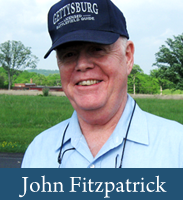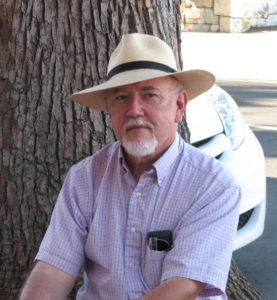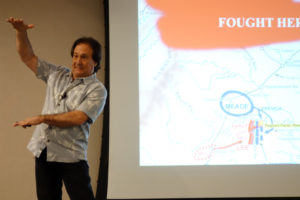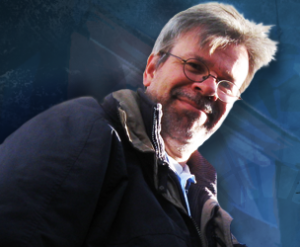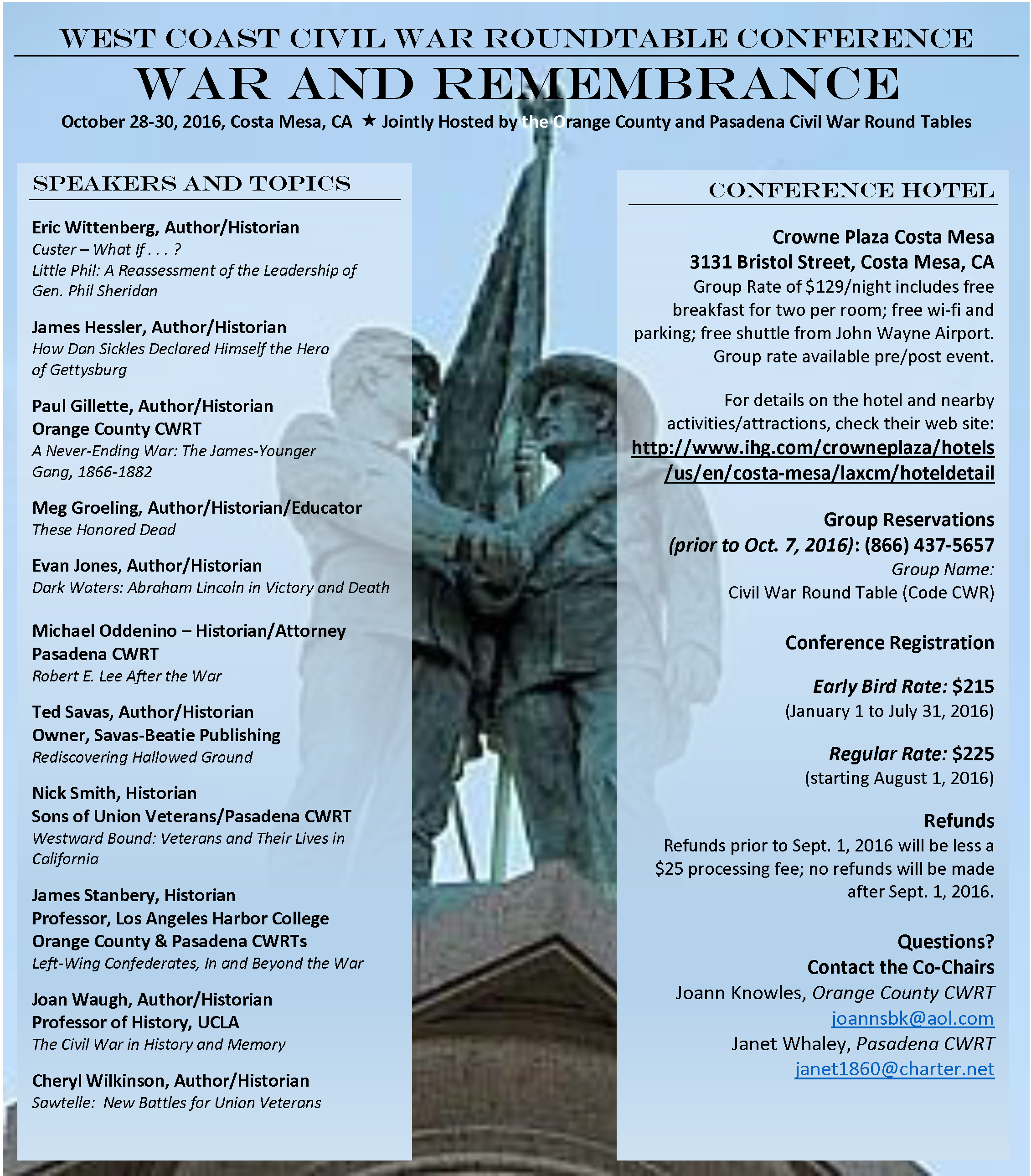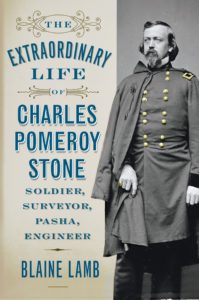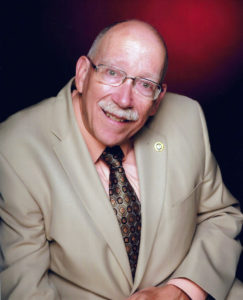Civil War Quiz: What Do You Know About the Assassination of President Lincoln?
Q#1 – What did President Lincoln dream just a few nights before the events of April 14, 1865?
Q#2 – What was the name of John Wilkes Booth’s father?
Q#3 – John Wilkes Booth had a brother named Edwin. Was Edwin older or younger than John?
Q#4 – John Wilkes Booth sympathized strongly with the South. A number of historians suggest there were three contributing factors for this sympathy – what were they?
Q#5 – In 1859, Booth witnessed the execution of John Brown. What were his reactions to the execution?
Q#6 – In the fall of 1864, what plot did Booth come up with that did not involve assassinating President Lincoln?
Q#7 – What was the name of the woman who gave Booth a special ticket to attend the March 4, 1865, Inauguration of President Lincoln?
Q#8 – How did Lincoln’s visit to Richmond on April 2 indirectly result in the assassination of the President?
Q#9 – On April 14, 1865, Booth ordered Lewis Paine to assassinate which Union General. And when that plot failed, who was the next target for Paine?
Q#10 – What type of pistol did Booth use to assassinate President Lincoln?
Q#11 – Who was the politician that George Atzerodt was supposed to assassinate?
Q#12 – On April 14, 1865, what were the names of the betrothed couple who were guests in the box at Ford’s Theater with the Lincolns?
Q#13 – What are the two most likely reasons why John Parker, the person assigned to guard the Presidential box at Ford’s Theater, was not present at the time of the assassination?
Q#14 – Which leg did Booth break when jumping to the stage after he shot Lincoln?
Q#15 – 23 year old surgeon Charles A. Leale was the first doctor to reach Lincoln in the Presidential box. What medical procedure did Leale perform that relieved pressure on Lincoln’s brain?

